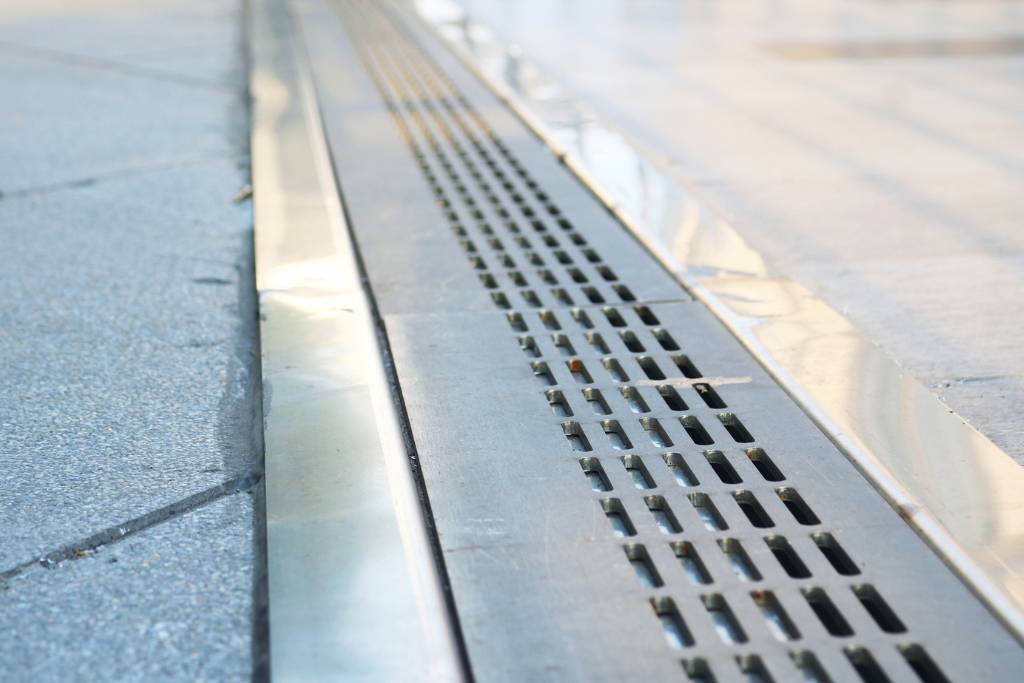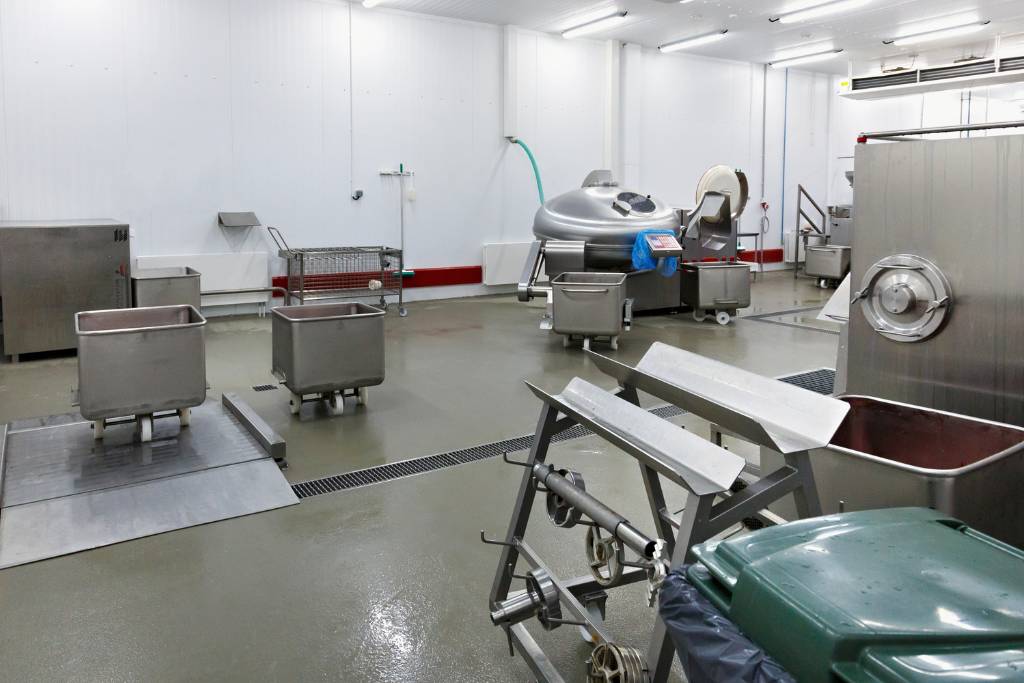How to effectively deal with food waste is a common problem when you’re running a busy production facility 24/7. With several kitchens and ovens constantly on the go and hundreds of sheet pans being rinsed before going into a rack washer, it’s no wonder that excessive amounts of fat deposits and food debris can make their way into drainage systems and cause myriad problems.
Food particles, fats, oils and grease can block drains, leading to reduced pipe efficiency, wastewater back-ups, unpleasant odors and problems with rat and rodent infestations. If problems like these continue over a period of time, the chances of workplace accidents and companies falling foul of environmental health regulations increase, which can eventually lead to a negative impact on a company’s business and reputation.
Luckily, there are several ways of preventing food waste – and your business reputation! – from going down the drain. These include improving waste management processes (such as effective filtration and drainage systems), investing in smart technologies and adhering to waste management best practices.
At Schaumburg Specialties, we have an array of innovative custom build solutions that have helped and continue to help many of our clients to effectively manage their food waste. Carry on reading as we reveal all …..
Custom Build Solution 1: 2-Stage Filtration Platform
One of the best ways to prevent food waste going into your drainage system is to have an effective solid waste separation and filtration system. Such systems can capture food particles and stop them from entering the drainage system in the first place. Once captured, the trapped solids can be collected and composted or repurposed.
The Schaumburg Specialties team designed and built such a system for one of our valued clients and have continued to provide them – and others – with this innovative custom build solution for many years.
The system in question is called a 2-stage filtration platform. It stands at 35 in- high and is 4 ft wide and 5 ft deep. Able to accommodate three stacks of sheet pans at one time, it boasts two perforated pull-out drawers underneath the pan platform which act to filter out food waste in two stages.
When an operative picks up a pan from the stack for pre-washing, the food debris/water that is hosed off passes through the first perforated drawer – the core strainer – which has relatively big holes and captures large food particles such as meat.
The liquid that has filtered through the core strainer then reaches a second perforated drawer below, which has smaller holes, enabling it to filter out smaller food particles such as rice seeds.
At the bottom of the platform is a tray, which collects all the filtered wastewater. This tray is extremely easy to pull out and can be regularly emptied by operatives, allowing food-free wastewater to enter the drainage system to be treated. The tray can then also be cleaned, before the filtering process begins again.
Custom Build Solution 2: 2-Stage Filtration Tables
Similar to the 2-stage filtration platform system, our 2-stage filtration tables were designed so that company employees could work at a table while washing down sheet pans rather than at a platform.
Companies often have different ways of working and different sized spaces available in their premises to use as washrooms. Typically, our clients will use the 2-stage filtration platform first to rinse down sheet pans and this tends to take place in a larger area.
Then, smaller washroom areas tend to be used to scrub particularly dirty sheet pans before they go into a rack washer and many operatives prefer to stand or sit at a table while carrying out scrubbing tasks.
Whatever the modus operandi, the filtration system principle is the same. Waste water/liquid passes through the first larger-holed layer, where food particles are captured, and then through the smaller-holed layer which filters out tiny particles.
The end result is the same too!
Fully filtered wastewater that can enter the drainage system to be treated without fear of large food particles that could cause blocked drains, foul odors and a whole host of other problems.
Custom Build Solution 3: Floor Drain Filters & Channels
An additional very smart way to stop food waste entering your drainage system is to insert filters over your floor drains. This is another solution that we implement regularly for many of our customers and it works really well to keep wastewater free of drain-blocking food debris.
Sometimes, however, the fact that smaller, individual floor drain filters will need cleaning regularly can mean that wastewater containing food debris is allowed to enter the drainage system while an employee is emptying and cleaning the filter.
Therefore, we often recommend to our clients that they invest in floor drain channels.
These are long, rectangular, narrow drainage systems typically made of industrial strength stainless steel, that are inserted into floors and topped by a removable grate or cover that can be easily removed for cleaning and maintenance when convenient.
A floor drain channel
Such floor channels work to filter out debris from wastewater, while channeling it into a drain in the center of the floor. This ensures that wastewater is as ‘clean’ as it can be before it enters the drainage system and that the working environment of employees is safe and the facility is meeting the very highest hygiene standards.
A typical floor channel drainage system in a meat factory
Floor drain channels can be installed in various lengths, widths and depths and adapted to fit a particular premises or production challenge. They are often placed along the length of equipment, at the entrance of rooms or across areas where liquids frequently accumulate.
Let Us Create a Custom Solution for Your Food Waste
Whatever your facility’s dimensions or your particular production needs, we can custom build a tailor made solution that fits your exact specifications. Be sure to reach out to our friendly team to discuss your requirements.

